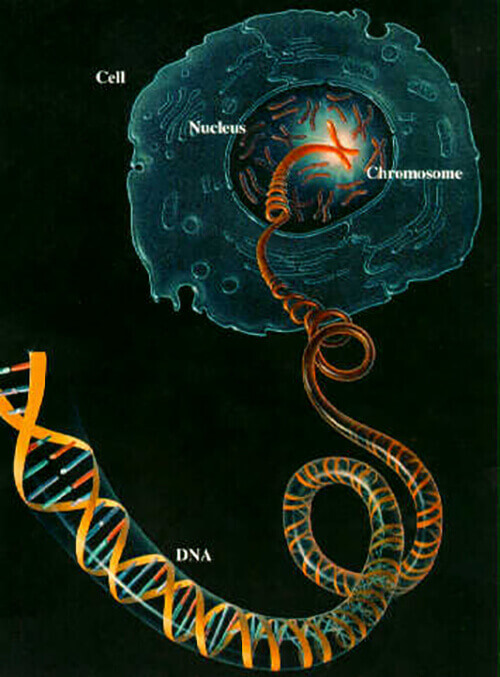



Business Inquiry
Global:
Email:marketing@medicilon.com
+1(781)535-1428(U.S.)
0044 7790 816 954 (Europe)
China:
Email: marketing@medicilon.com.cn
Tel: +86 (21) 5859-1500



Single-cell genomics has captured the attention of many molecular biologists and holds the potential to advance research for a variety of different diseases, especially cancer, where tumor heterogeneity is an underlying issue in the development of drug resistance. Now, investigators at Oregon Health and Science University (OHSU) have uncovered a method for quickly and efficiently mapping the genome of single cells within the body—clearing the way for significant advances in precision medicine.

Single-cell genome sequencing has been invaluable for detecting variations within cells, particularly within tumors. However, the lack of an efficient, cost-effective method to map the genome of large numbers of single cells has made it difficult to conduct the kind of robust analysis necessary to characterize the specific genetic makeup of cancerous tumors affecting individuals, or other cell types in the body.
“A tumor is constantly evolving and constantly changing,” explained senior study investigator Andrew Adey, Ph.D., assistant professor of molecular & medical genetics in the OHSU School of Medicine. “If we’re able to break down the distinct cellular components of a tumor, we can target the cancer much more precisely.”
This new study demonstrates a method of barcoding cells multiple times and then sequencing them. The method greatly expands the number of single cells that can be mapped. The findings from this study were published recently in Nature Methods in an article entitled “Sequencing Thousands of Single-Cell Genomes with Combinatorial Indexing.”
“We present single-cell combinatorial indexed sequencing (SCI-seq) as a means of simultaneously generating thousands of low-pass single-cell libraries for detection of somatic copy-number variants,” the authors wrote. “We constructed libraries for 16,698 single cells from a combination of cultured cell lines, primate frontal cortex tissue and two human adenocarcinomas, and obtained a detailed assessment of subclonal variation within a pancreatic tumor.”
Using their novel cell indexing method, the OSHU researchers constructed genomic libraries that equated to roughly two orders of magnitude beyond what could be achieved using conventional methods. In the next phase of work, Dr. Adey hopes to expand on the types of information that can be accessed in single cells, including epigenetic properties that vary greatly between different cell types in the body.
“This will enable big advances,” Dr. Adey said. “Through collaboration with other researchers at OHSU, we hope to begin using this tool fairly quickly in a clinical research setting.”